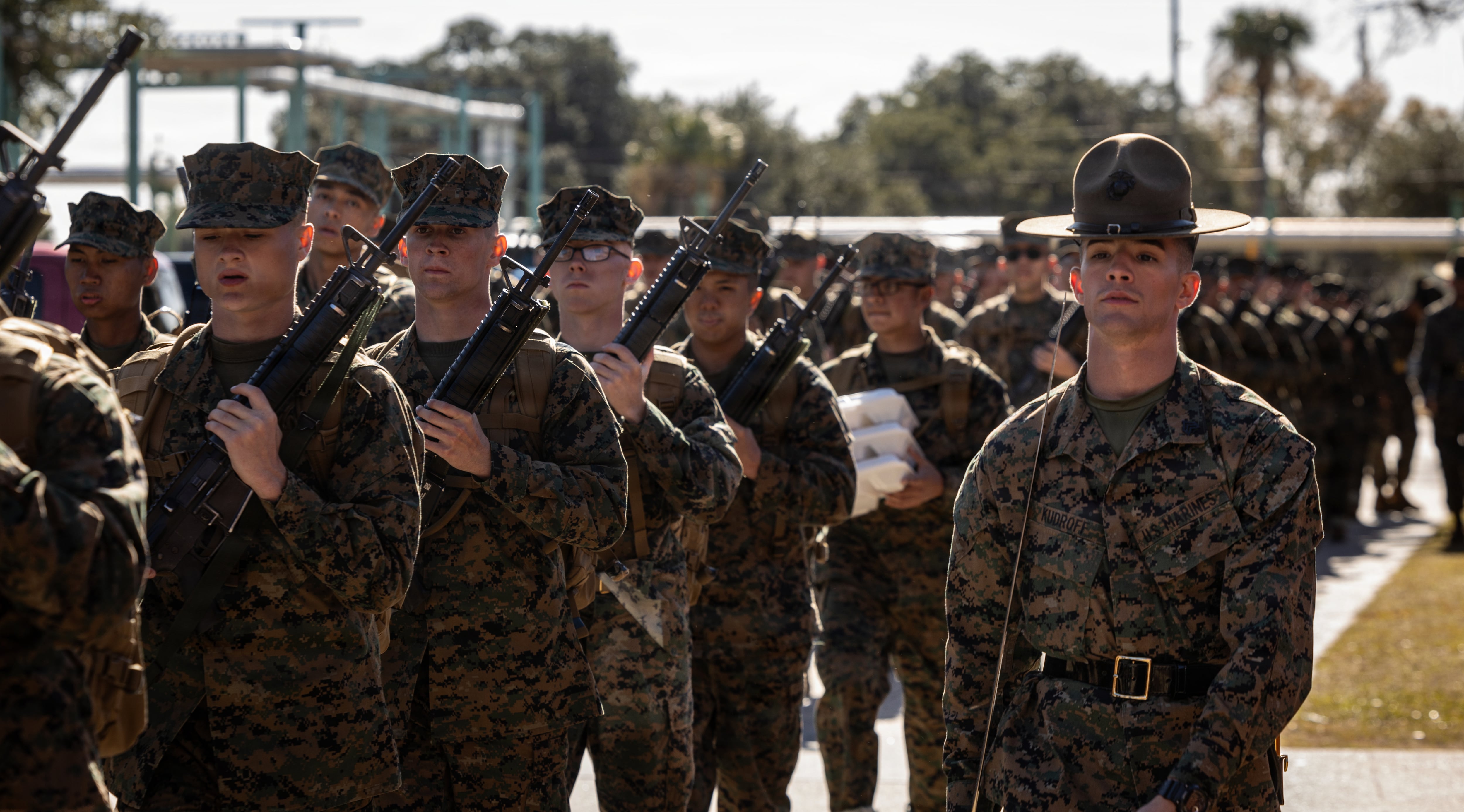Paratroopers recently tested an autonomous vehicle that featured artificial intelligence during Agile Spirit 25 in Europe.
The Army assessed the Overland AI ULTRA Fully Autonomous Tactical Vehicle prototype at the Vaziani Training Area in Georgia on July 29, according to a service release.
Agile Spirit 25 is a biennial multinational exercise that aims to maintain security and stability for the Black Sea Region, Col. Will Cox, co-exercise director, said in a statement.
“We’re trying to keep soldiers off the front lines and keep our warfighters safe,” Adam Ungar, senior program manager at Overland AI, said in a statement.
Ungar said an autonomous vehicle can be put in harm’s way — in place of a soldier — to help save lives.
The ULTRA is an all-wheel, off-road vehicle with a maximum speed of 35 miles per hour. It can carry up to 1,000 pounds, with a cruising range of 100 miles at 20 miles per hour, depending on the type of terrain.
“Uncrewed systems are radically changing the character of war,” Byron Boots, co-founder and chief executive officer at Overland AI, said in a statement. “We are developing autonomous ground vehicles like ULTRA to provide safety by taking the warfighter out of harm’s way.”
Ultra ran resupply tests for 60mm and 120mm mortar units. Soldiers with the 1st Squadron, 91st Cavalry, 173rd Airborne Brigade had practiced with the system months before the exercise.
“I actually did some training on it [the ULTRA] back in Germany about two months ago,” Pfc. Jonathan Brooks, a mortarman with 1st Squadron, 91st Cavalry Regiment, 173rd Airborne Brigade, said in a statement.
Jonathan Fauth, lead exercise planner for the U.S. European Command-directed exercise Agile Spirit 2025, said the objective is to understand how technology can be used in practical ways on the battlefield.
“Exercises are the way we practice and test those capabilities,” Fauth said in a statement. “We break something, we fix it, then we come back and do it again.”
Teams have complete oversight of ULTRA if it has connectivity and a re-transmitting signal using the Internet or satellites. Teams can also pre-program commands, such as traveling in certain patterns or to precise locations.
“I would love to see more of it [the ULTRA] in the future,” said Spc. Jack Padberg, a mortarman with 1st Squadron, 91st Cavalry Regiment, 173rd Airborne Brigade. “I think it can help us, as mortars, a lot.”
RELATED

The ULTRA is an affordable, attritable system, its maker claims.
“ULTRA is designed to be attritable and costs more than an order of magnitude less than a traditional crewed combat vehicle,” said Boots. “Removing the need to protect a human operator allows for lighter, more affordable systems that can be deployed at scale. This represents both a financial shift and a moral one that enables commanders to deliver effects without putting Soldiers at unnecessary risk.”
Beyond delivering ammo and mounting surveillance and reconnaissance systems, Overland AI plans to practice breaching and medical evacuation, Ungar said.
“Breaching complex obstacles is among the most dangerous tasks for any unit,” Chris Higgins, director of business development at Overland AI, said in a statement.
“We have been working closely alongside multiple engineer brigades to develop uncrewed solutions that leverage autonomy for breaching operations. These systems are being developed in partnership with the Army to ensure that robots, not humans, are first through the breach.”
Todd South has written about crime, courts, government and the military for multiple publications since 2004 and was named a 2014 Pulitzer finalist for a co-written project on witness intimidation. Todd is a Marine veteran of the Iraq War.





